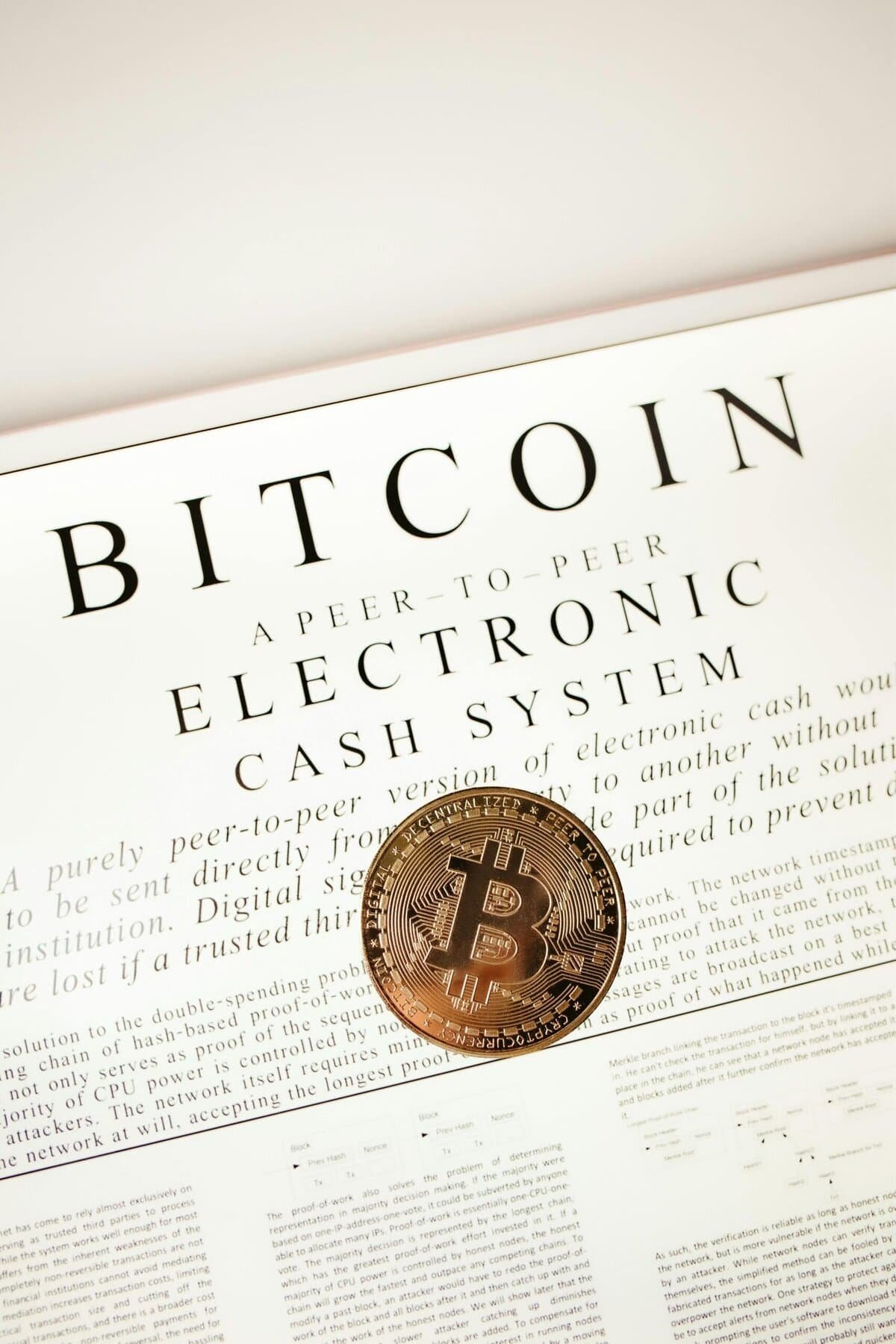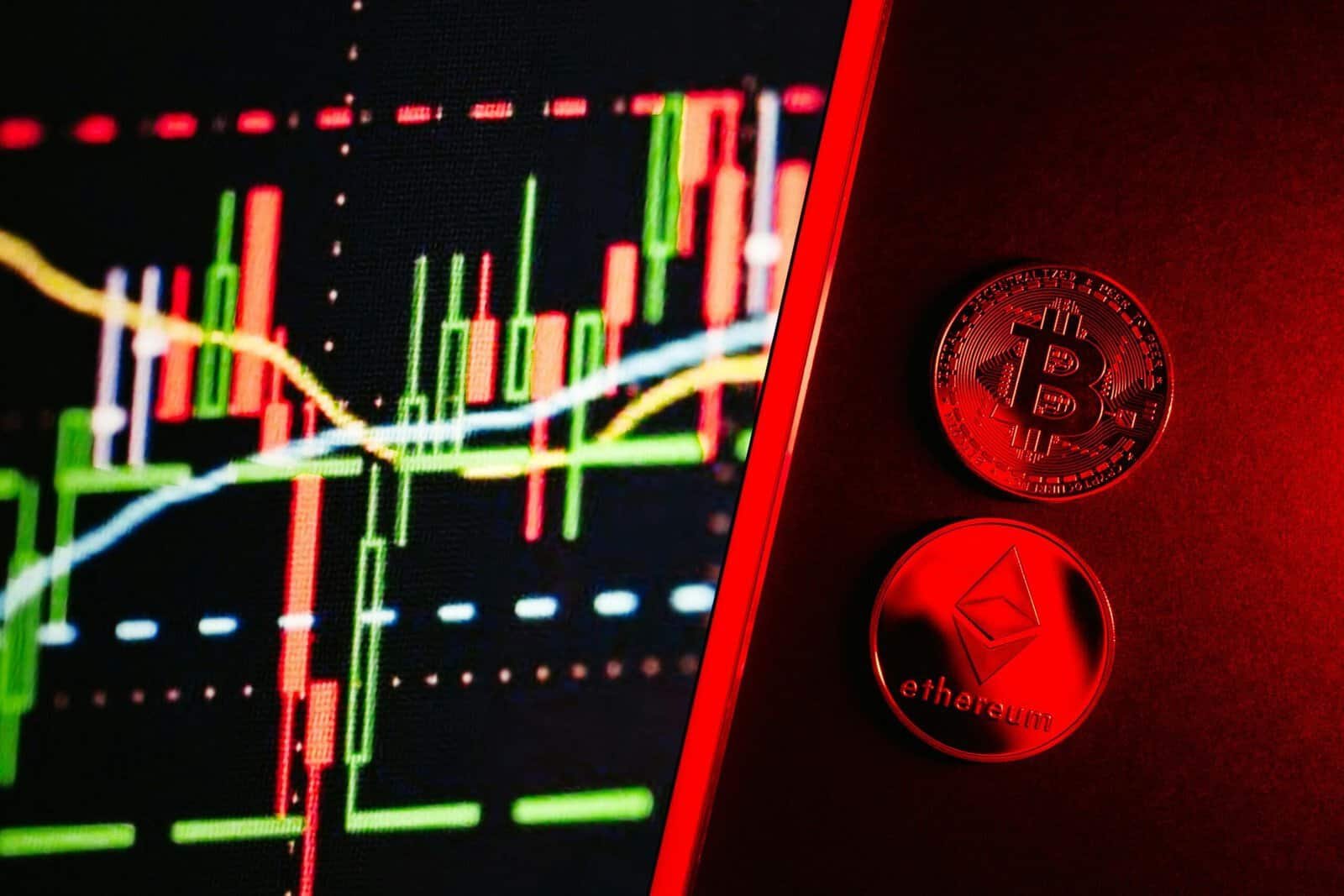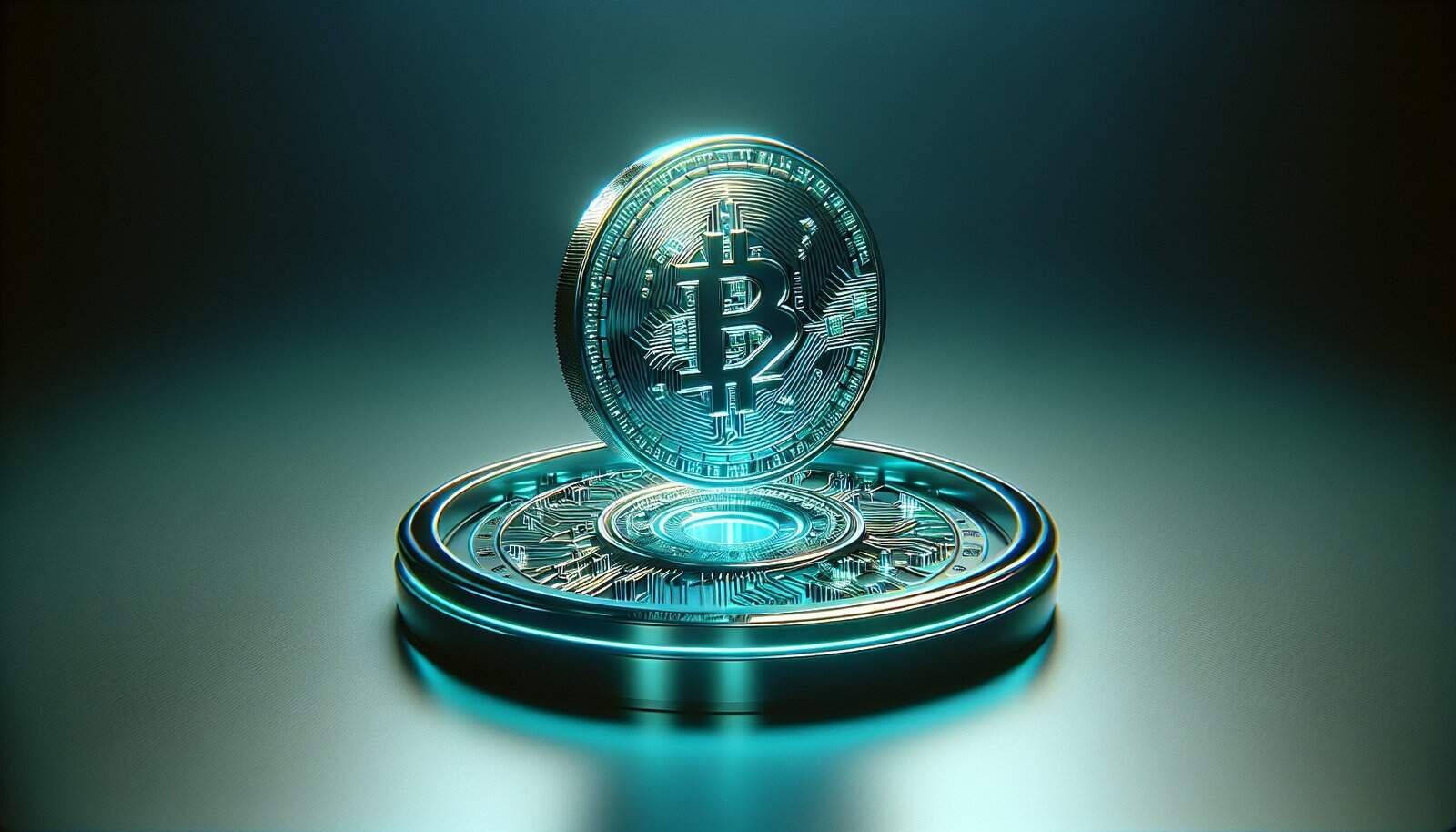Have you ever wondered how you could mint your own NFTs and sell them across multiple blockchains without needing to be a developer?

Mintable – A Marketplace With NFT Creation Tools And Expanding Cross-chain Capabilities
Mintable positions itself as an approachable NFT marketplace that gives you tools to create, list, and manage non-fungible tokens while broadening its support for cross-chain functionality. In this article you’ll get a clear, practical view of what Mintable offers, how its features work, and how you can use the platform effectively.
What is Mintable?
Mintable is an NFT marketplace and creator platform that enables you to mint, buy, sell, and manage NFTs. The platform emphasizes accessible creation tools and supports multiple ways to mint — including gasless minting — which lowers the barriers for creators and collectors.
Mintable began with a focus on making NFTs approachable to creators and collectors who might not be familiar with smart contracts or blockchain technicalities. Over time it has expanded features to include cross-chain options and improved marketplace experiences.
Why Mintable matters to you
If you’re a creator, Mintable reduces the technical hurdles to minting NFTs and offers different listing options. If you’re a collector, you gain access to a variety of NFTs with flexible purchase and bidding tools. For both creators and collectors, expanding cross-chain capabilities mean more choices for gas, speed, and audience reach.
Mintable aims to balance simplicity with advanced features so you can focus on creativity or collection strategy rather than smart contract code.
Core features at a glance
Mintable provides a variety of features that support the entire lifecycle of NFTs. Below is a condensed view of main offerings.
- NFT minting tools (including gasless minting)
- Marketplace listings for fixed-price sales and auctions
- Royalties management for creators
- Cross-chain compatibility (Ethereum, layer-2 and other chains as supported)
- Creator-focused interface with templates and metadata fields
- Wallet integrations (MetaMask and others)
- Search, categories, and discovery features for buyers
These features are designed so you can get from idea to sale with minimal friction.
How Mintable’s minting options work
Mintable supports multiple ways to mint NFTs, which gives you flexibility according to your priorities: cost, permanence, and network. Typical options include standard on-chain minting and gasless (lazy) minting.
- Standard on-chain minting: You pay blockchain gas fees up-front and the NFT is recorded immediately on the chosen chain. This provides a clear, immediate on-chain record.
- Gasless or “lazy” minting: The token metadata is stored off-chain until a sale or claim triggers on-chain minting. This eliminates entry gas costs for creators at the point of listing, shifting gas to the buyer at the time of purchase (or to the platform, depending on the mechanism).
Each route has trade-offs around fees, ownership visibility, and permanence; you should choose the one that fits how you want to manage cost and trust.
Cross-chain capabilities — what that means for you
Cross-chain capabilities refer to the ability to work with multiple blockchain networks. For you, that means more options: lower fees on some chains, faster transactions on others, and broader buyer audiences.
Mintable has expanded beyond a single chain and supports different chains through direct integration or layer-2 solutions. This expansion helps reduce gas cost barriers by giving you choices like Ethereum layer-2s or alternative smart-contract chains.
Benefits of cross-chain support
You gain several practical benefits when a marketplace supports multiple chains:
- Lower transaction fees by minting on cheaper networks
- Faster transactions when using layer-2 or high-throughput networks
- Access to different user communities and collectors
- Ability to list the same collection across chains (when supported) to widen reach
These advantages help you optimize cost and audience at the time you mint and list your NFTs.

Fees and monetization: what you should know
Understanding the fee structure is essential before you mint or list an NFT. Fees typically include blockchain gas fees, marketplace commissions, and royalty settings.
Below is a simplified table that represents common fee categories you’ll encounter on Mintable. Note that exact percentages and fee models can change over time, so check Mintable’s official fee page before transacting.
| Fee Type | Typical Charge | Who Pays | Notes |
|---|---|---|---|
| Marketplace commission | ~2.5%–5% (varies) | Seller | Percentage of sale proceeds; exact rate depends on promotion and platform updates |
| Gas fees | Variable (network-dependent) | Creator or buyer | Paid on-chain when minting or at purchase depending on minting method |
| Royalty fee | Customizable (e.g., 5%–10%) | Buyer (deducted from sale funds) | Set by creator; automatically enforced on secondary sales if supported |
| Listing fees | Minimal/none | Creator | Some platforms may charge listing fees or optional upgrades |
Fees matter because they affect net revenue from sales and the cost for your buyers. Consider minting on a low-fee chain if your collection is price-sensitive.
Royalty configuration and enforcement
Mintable lets you set royalties for your creations so that you continue to earn on secondary sales. Typically you define a percentage when creating the NFT, and the platform attempts to enforce that royalty across transactions on supported marketplaces or within the platform’s ecosystem.
Royalty enforcement depends on the chain and marketplace interoperability. While Mintable enforces royalties within its marketplace, royalties on some blockchains and external marketplaces may be subject to each platform’s rules and contract standards.
How to mint an NFT on Mintable — step-by-step
You can mint NFTs on Mintable with a few guided steps. The following general workflow helps you get started; slight variations exist depending on UI updates and chain options.
- Create or connect a wallet
- Install MetaMask or another supported wallet and connect it to Mintable. Make sure your wallet is funded for any expected gas.
- Choose minting method
- Select gasless (if available) or standard on-chain minting. Consider chain selection based on fees and audience.
- Upload your artwork and add metadata
- Upload images, audio, or other media, then add title, description, properties, and unlockable content if desired.
- Set price and royalty
- Choose a fixed price or auction, and specify your royalty percentage for secondary sales.
- Confirm and mint
- Review details and authorize the transaction in your wallet. For gasless minting you may only need to sign a message; for on-chain minting you’ll pay network gas.
- List for sale
- Once minted (or listed in lazy mode), publish the listing to the marketplace and monitor views/offers.
These steps give you a predictable flow from creation to listing. You can repeat the process to build a collection or refine metadata for discoverability.
Practical tips for metadata and presentation
Your metadata influences discoverability and buyer interest. Always use clear titles, compelling descriptions, useful tags, and structured attributes (traits) that collectors can filter on.
- Include provenance or creation story in the description to add value.
- Use consistent naming conventions and trait categories for collections.
- Add unlockable content sparingly to provide extra value to buyers.
Good metadata improves how collectors find and perceive your work.

Listing types: fixed price vs. auction
Mintable supports different listing formats so you can choose the sales method that suits your strategy. Two common options are fixed-price listings and timed or open auctions.
- Fixed price: You set a price and a buyer can instantly purchase the NFT. This is straightforward when you know the market price.
- Auction: You set a starting price and a time window for bidding. Auctions can generate competitive bidding and potentially higher returns if the item attracts attention.
Each approach suits different goals: fixed price for predictable outcomes and auctions for market-driven valuation.
Wallets and integrations
To interact with Mintable you’ll need a compatible wallet. MetaMask is widely supported, but Mintable also often supports other Web3 wallets and browser-based or mobile wallet integrations.
- MetaMask: Common choice for desktop and mobile via browser extensions and mobile apps.
- WalletConnect: Enables connection to various mobile wallets.
- Others: Depending on updates, Mintable may integrate wallets like Coinbase Wallet or Fortmatic.
Always make sure you’re on the official site and using verified wallet connections to avoid phishing and loss of funds.
Security practices for wallets
Security is critical. Use the following best practices when connecting wallets and transacting:
- Keep your seed phrase offline and never share it.
- Use hardware wallets for high-value holdings.
- Double-check URLs and avoid connecting wallet to untrusted dApps.
- Review transaction details in your wallet before approving.
Adopting these habits reduces the risk of unauthorized access or mistaken transactions.

Marketplace features: discovery, collections, and promotions
Mintable includes marketplace tools that help your items get discovered and help you manage collections. These features are important if you want to build an audience or sell multiple pieces.
- Collections: Group related NFTs into a single collection with consistent metadata and visual themes.
- Search & filters: Buyers can search by category, price, chain, and traits; good metadata helps visibility.
- Promotions & featured listings: Platforms may offer paid or editorial opportunities to promote certain items — check Mintable’s terms.
Active marketing, consistent collections, and community engagement typically drive better results than listing alone.
Community and social integration
To maximize your reach, connect your Mintable listings to social media and NFT communities. Use platforms like Twitter/X, Discord, and Instagram to share launches, behind-the-scenes content, and minting announcements.
Building a community increases trust and repeat buyers for your collections over time. Consider collaborations and drops that align with your audience.
Comparison with other marketplaces
It helps to compare Mintable with other leading marketplaces so you understand trade-offs. Below is a simplified comparison of Mintable against two widely known platforms: OpenSea and Rarible.
| Feature | Mintable | OpenSea | Rarible |
|---|---|---|---|
| Gasless (lazy) minting | Yes (depends on chain) | Yes (lazy minting available) | Yes (lazy minting available) |
| Cross-chain support | Expanding (various chains/layer-2) | Multi-chain (Ethereum, Polygon, others) | Multi-chain (Ethereum, Flow, Tezos options) |
| Marketplace fees | Moderate (varies) | Typically 2.5% | Varies (often 2.5%) |
| Creator tools | Strong templates & metadata fields | Extensive developer integrations | Emphasizes community governance and token incentives |
| Royalties | Customizable | Supported | Supported, with on-platform enforcement |
This table shows you high-level differences; the right choice depends on your needs for fees, audience, and chain preferences.

Legal and copyright considerations
When creating NFTs, it’s important you own or have license rights to the content you mint. Minting or selling copyrighted work without proper rights can expose you to legal risk.
- Only mint content you created or for which you have explicit permission.
- Be clear about what buyers are purchasing (ownership of the token vs. copyright).
- Use licensing terms in your description or use standardized license tags if available.
Understanding the legal aspects protects you and your buyers and clarifies what rights transfer with the token.
Intellectual property and licenses
Define whether buyers get commercial rights, reproduction rights, or only personal-use rights. Many creators grant limited usage rights and retain copyright while transferring ownership of the token. Clear terms reduce disputes and help buyers understand the value.
If you plan to sell NFTs that involve third-party IP (like fan art involving licensed characters), obtain permission or avoid the risk.
Security, scams, and how to stay safe
The NFT space can include scams, phishing, or wash trading practices. Mintable and other marketplaces take steps to mitigate fraud, but you should also be proactive.
- Verify creator profiles and look for verified badges if available.
- Scrutinize unusually low-price offers or suspicious collections.
- Avoid signing arbitrary contract approvals; only approve transactions you understand.
- Report suspicious listings and never send cryptocurrency outside of normal purchase flows.
Your vigilance helps protect your assets and the broader community.
Practical strategies to increase sales
If your goal is to sell NFTs on Mintable, here are practical strategies you can adopt:
- Build a strong collection with consistent visual identity and metadata.
- Use social media and community channels to announce drops and engage collectors.
- Offer limited editions or tiered rarity to create scarcity and value.
- Consider timed auctions during promotional events to build momentum.
- Collaborate with other creators to expand audiences.
These approaches help you create demand and build long-term collector relationships.
Analytics and selling performance
Monitor listing views, bids, and sale history to refine pricing and drop timing. Analytics, both on-chain and platform-provided metrics, can help you understand buyer behavior and which types of works perform well.
- Track floor prices and recent sales for comparable items.
- Note which marketplaces and chains yield the best results for your category.
- Adjust royalty and pricing strategies based on observed buyer sensitivity.
Data-driven decisions usually beat guesswork when optimizing sales.
Common problems and troubleshooting
You may encounter common issues like failed transactions, wallet connection errors, or delayed listings. Common remedies include:
- Refreshing your wallet connection and retrying
- Ensuring you have sufficient gas or switching to a lower-fee chain
- Clearing browser cache or using a supported browser
- Contacting Mintable support with transaction hashes for help
Patience and methodical troubleshooting will resolve most platform hiccups.
The future prospects of Mintable and cross-chain NFTs
The NFT ecosystem is maturing, and cross-chain capabilities will likely become more seamless over time. For you, this means better options for cost, speed, and reach. Interoperability and standardized metadata will help buyers and platforms track provenance and royalties more reliably.
Mintable’s continued expansion across chains reflects industry trends toward multi-chain ecosystems, which aim to reduce friction and broaden participation.
How to keep up with platform changes
To stay current, subscribe to Mintable’s official channels, follow product announcements, and join relevant community groups. Changes to fees, supported chains, or minting features directly affect your strategy and costs.
Proactive learning gives you an advantage when new features or improvements are released.
Practical checklist before launching your first Mintable collection
Use this checklist to make sure you’ve prepared everything before minting:
- Decide which chain and minting method you’ll use
- Set up and secure your wallet with sufficient funds
- Prepare high-resolution media and thumbnails
- Write clear titles and descriptions with keywords and traits
- Set royalty percentage and sales type (fixed price or auction)
- Test a single mint before launching a large collection
- Plan a marketing and release schedule
A thorough checklist helps avoid costly mistakes and maximizes the chance of success.
Frequently asked questions (FAQ)
Q: Can you change metadata after minting? A: It depends on how the token is created and whether metadata is stored on-chain or off-chain. On-chain metadata is immutable in many cases, while off-chain metadata can sometimes be updated; however, updating metadata after sale can damage collector trust.
Q: What if a gasless mint sells and gas needs to be paid? A: Gasless minting often defers on-chain minting to the time of purchase. The buyer may pay the gas, or the platform may handle it depending on the mechanisms used. Always confirm the details during listing.
Q: Are royalties guaranteed across all marketplaces? A: No, royalties are enforceable within platforms that choose to honor them and when smart contracts support them. Interoperability across marketplaces varies.
Q: How much should I set for royalties? A: Typical royalty rates are 5%–10%, but you can choose based on expected resale activity and long-term value goals.
Final thoughts and next steps
Mintable is a user-friendly option if you want approachable NFT creation tools and growing cross-chain support. You benefit from flexible minting, various listing mechanisms, and features focused on creators. To make the most of the platform, secure your wallet, prepare thoughtful metadata, and plan a marketing approach to reach collectors.
If you’re ready to start, set up a wallet, choose your chain and minting style, test with a single item, and gradually build a consistent collection. Stay informed about fee changes and cross-chain integrations so your strategy can adapt as the ecosystem evolves.
If you’d like, I can guide you through a step-by-step minting walkthrough tailored to the chain and minting method you prefer, or help you draft compelling descriptions and trait lists for a collection you’re planning.
